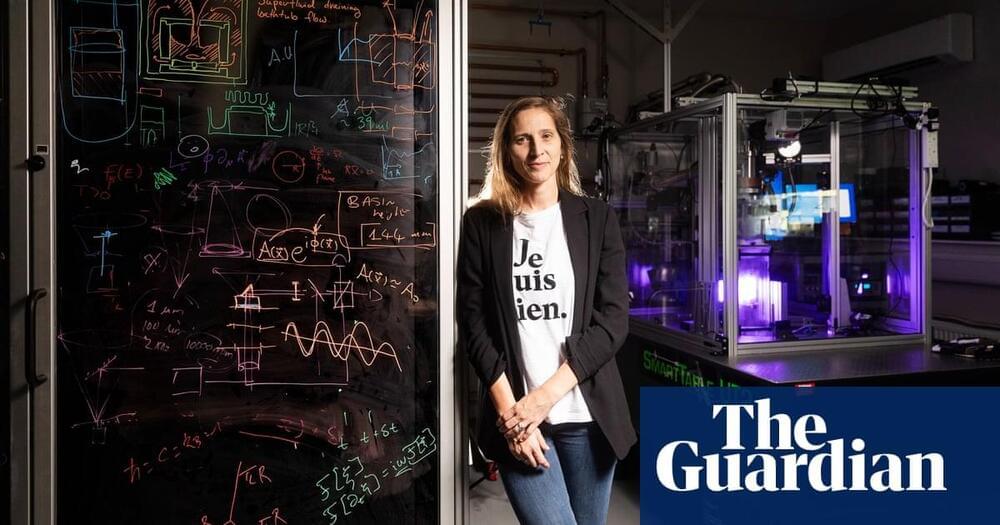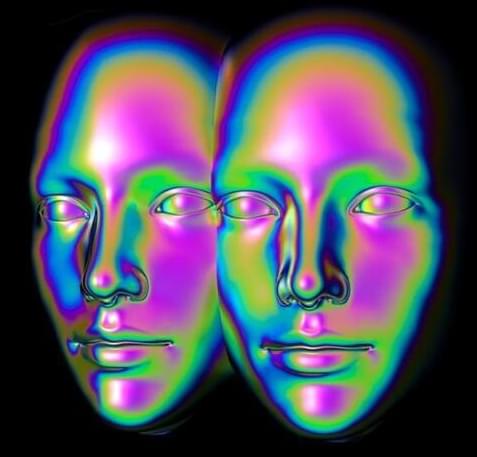But in black holes, where a lot of mass is crammed into a very small region of space, these worlds collide and there is no theoretical framework that unifies the two.
“We have a great understanding of both individually, but it turns out extremely hard to combine these two theories,” says Weinfurtner. “The idea is that we want to understand how quantum physics behaves, on what we call a curved space time geometry.”
In the new setup, the black hole is represented by a tiny vortex inside a bell jar of superfluid helium, cooled to-271C. At this temperature, helium begins to demonstrate quantum effects. Unlike water, which can spin at a continuous range of speeds, the helium vortex can only swirl at certain fixed values. Ripples sent across the surface of the helium, tracked with nanometre precision by lasers and a high-resolution camera, represent radiation approaching a black hole.







